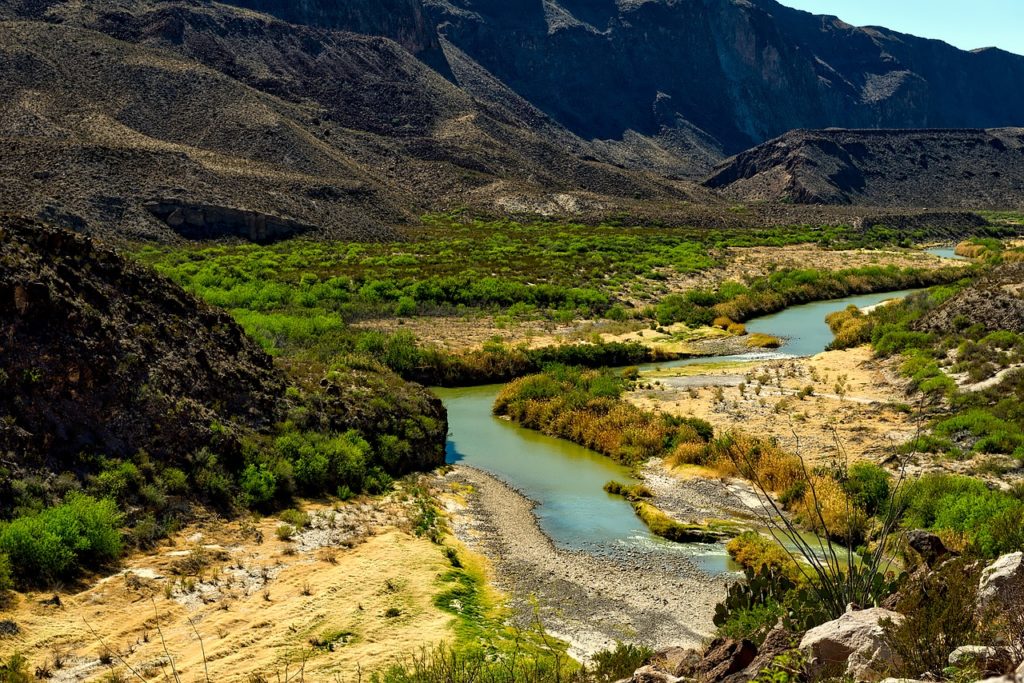As many had anticipated, President Trump signed an Executive Order on Tuesday dealing with the “Waters of the United States” rule. [Read full order here.]
You may recall that back in 2015, the Environmental Protection Agency and Corps of Engineers passed a rule “clarifying” the definition of “Waters of the United States” as the term is used in the Clean Water Act. Immediately, numerous States (including Texas), agricultural industry groups, and other businesses filed suits across the country claiming that the new rule was too broadly written and gave too much jurisdiction to the federal government. Essentially, they argued, rather than “clarifying” the new rule “expanded” federal power and jurisdiction pursuant to the Clean Water Act. To read a bit more about the background of this issue, click here.
The President’s Order requires the Administrator of the EPA and Secretary of the Army for Civil Works to publish a proposed rule “rescinding or revising” the current rule defining “Waters of the United States” pursuant to the Clean Water Act. Specifically, the new proposed rule, which will be subject to required notice and comment period, must seek to ensure that it is designed to protect the nation’s navigable waters while still promoting economic growth and minimizing regulatory uncertainty. Given the in depth agency review, drafting, and the time that will be needed to allow for comment submission and review, it will likely take years for the new proposed rule to come to fruition.
Specifically, in his Order, President Trump suggests that the EPA Administrator and Assistant Secretary of the Army should “consider interpreting” the term “navigable waters” under the Clean Water Act consistent with the opinion of Justice Scalia in Rapanos v. United States. The late Justice Scalia’s opinion (which was joined by Justices Thomas, Alito, and Roberts) held that the Clean Water Act applied to “relatively permanent, standing or continuously flowing bodies of water” traditionally recognized as “streams, oceans, rivers and lakes” that are connected to traditional navigable waters. Also within the scope of the Act, according to the Scalia opinion, would be wetlands abutting these water bodies if they contain continuous surface water flow connection such that the wetland and the water were “indistinguishable.” This stands in contrast to the approach taken by the 2015 rule, which would seem to follow more along the lines of the Justice Kennedy concurrence in Rapanos, adopting the “significant nexus” standard.
Currently, lawsuits challenging the scope of the EPA’s current rule are pending across the country, and even the United States Supreme Court had accepted cert on a case to determine whether it was the federal district courts or appellate level courts that were to hear arguments on this issue. For now, the Executive Order requires the EPA Administrator to promptly notify the Attorney General of their pending review, and the Attorney General may, as he deems appropriate, inform any court of this upcoming review and take appropriate measures regarding pending litigation. It seems likely that at least some of the pending lawsuits may press pause and await the rule that will be drafted as a result of this Order.
Meanwhile, at least for now, the nation-wide stay put in place by the Unites States Court of Appeals for the Sixth Circuit remains in place, meaning that the EPA’s new rule defining WOTUS is not in effect.
The saga continues, and likely is not coming to an end anytime soon.












